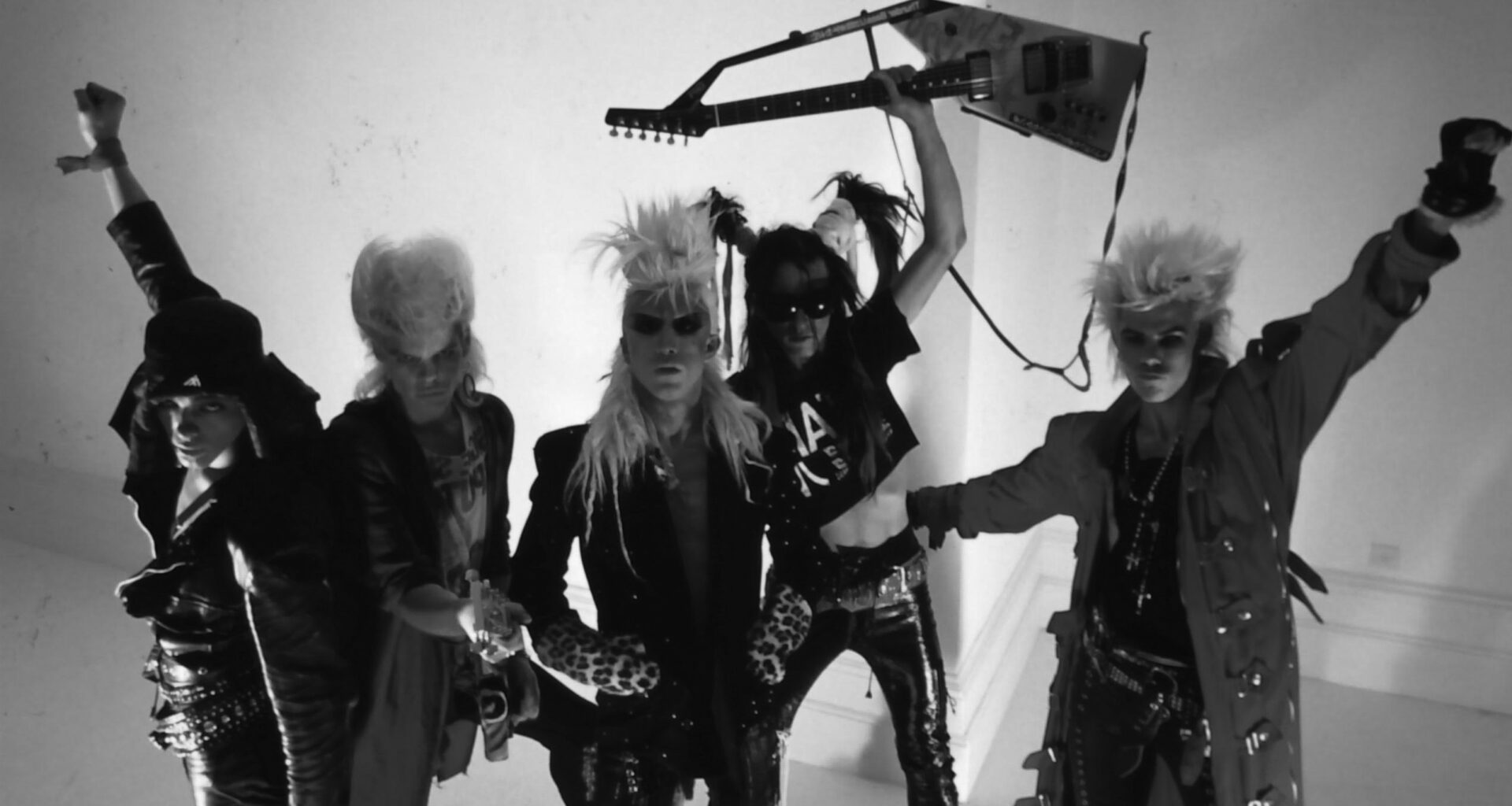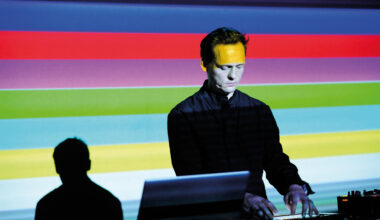In the 1980s, a decade epitomised by big hair, outlandish outfits and believing your own press, nobody did it better than bizarro electro-rockers Sigue Sigue Sputnik, a band that viewed hyperbole as a badge of honour rather than an insult
Want to read more?
Sign up to Electronic Sound Premium to gain access to every post, video, special offers, and more. 100%, all you can eat, no commitment, cancel any time.
Already a premium member? Log in here






